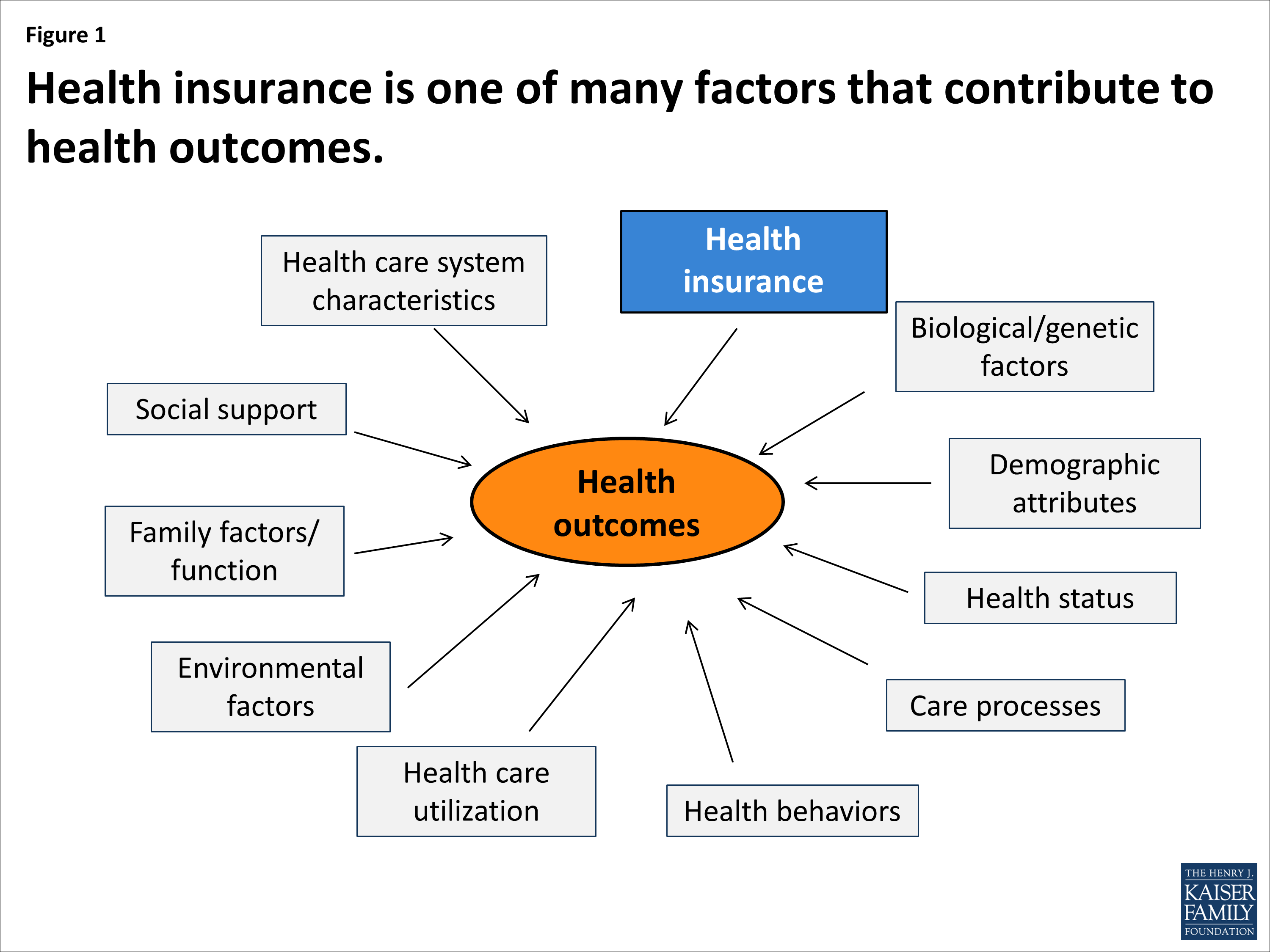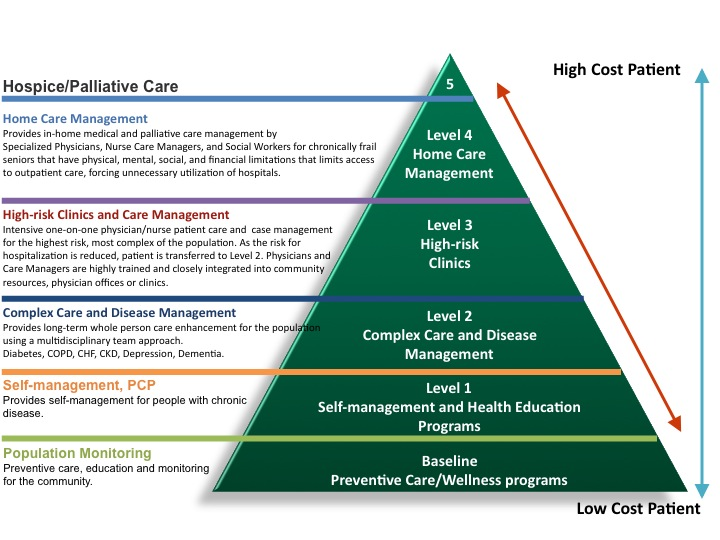Social driverslike bigotry, sexism, ableism, classism, or homophobiacan perpetuate inequities by focusing on one group over another. These forces are so deeply ingrained in cultural practices and standards that numerous individuals might not realize they're taking place. Usually, these forces are the outcome of past injustices that still affect communities today. Take, for instance, mid-20th-century inequitable housing practices.
Scientist Camara Phyllis Jones used a gardening analogy in the American Journal of Public Health to show simply how this occurs. Envision, for instance, two flower boxes: One with brand-new, nutrient-rich soil and another with bad, rocky soil. Seeds planted in the nutrient-rich soil will thrive, while seeds in the poorer soil will struggle.
As this occurs every year, one box of flowers will constantly be more dynamic than the other due to the initial condition of the soil. When people are separated and offered various resources to start with, that is going to have an effect for generations to come. Lots of health outcomes are the outcome of personal choices, like eating healthy foods or getting enough Substance Abuse Treatment exercise.
Environmental health is the physical, chemical, and biological forces that can affect our health, and they can be a driving force behind health disparities. It's hard for people to consume healthy food, for example, when they don't have access to it in their community (locations known as food deserts). Overlooked tropical illness (NTDs) are an example of environmentally-driven health disparities.
These conditions make it harder for kids to learn and adults to work, intensifying the effects of hardship on people's health and wellness. Closing the gap in health outcomes is no simple task. Causes are frequently multi-layered. Solutions would require to resolve not only the source of a provided variation however likewise the context that made it possible in the very first place.
government to improve the health of Americans by the year 2020aims to lower health disparities by attending to essential factors understood as social determinants of health. Social determinants of health are the environmental conditions and scenarios that impact and form how healthy we are. Many things in our social circles and environment can impact our habits and restrict our capability to make healthy choices.
The Ultimate Guide To A Health Care Professional Is Caring For A Patient Who Is Taking Zolpidem
suspect of authority figures) or neighborhood design (ex. bike lanes) - what is a health care delivery system. There are dozens of social aspects intensifying health disparities, however the Healthy People 2020 goals have put just 5 front and center: economic stability, education, social and neighborhood context, health and healthcare, and area and constructed environment. Economic stability refers to things like food security, earnings or wealth, housing stability, and job opportunity, and research study shows attending to a few of these problems might assist decrease disparities related to an entire range of health problems.
Likewise, supplying influenza vaccination in poorer communities might help in reducing gaps in hospitalization due to flu. And increasing economic opportunities for financially insecure females might assist avoid the disproportionately high variety of cases of HIV because population. Purchasing things like language and literacy, early youth education, high school graduation, and college could help close health spaces in a variety of ways.

High school conclusion programs also have strong returns on investmentoften resulting in enhanced economic advantages that surpass any costs associated with the programin part since of avoided health care expenses. While not constantly apparent, social impacts and dynamics can significantly affect the health of both people and the overall neighborhood.
Since imprisonment can interfere with households and impact access to things like education, work, and housing, some scientists have required policy changes that attend to sentencing laws that disproportionately impact certain Black communities as a means to lower a number of disparities, including HIV. Assisting ensure individuals have the ability to see a physician when they're ill is very important for curbing health disparities.

Lots of medical concerns in the United States might be avoided with routine, preventive care like health screenings, vaccinations, and lifestyle changes. The Affordable Care Act attempted to expand access to medical care by making it simpler to get health insurance and requiring insurance provider to cover the whole cost of preventive services, like high blood pressure screenings and weight problems counseling.
More than 28 million people, however, still lack health insurance, and more can be done to make sure increased access to healthcare in the United States. Much like a person's social environment can affect their health and well-being, so can their physical surroundings. Improving access to healthy foods, supporting healthy eating habits, improving the quality of housing, reducing criminal offense and violence, and securing the environment are all things that can be done to enhance the ecological health of a community and reduce health disparities as a result. which of the following is true about health care in texas?.
The Greatest Guide To A Health Care Professional Is Caring For A Patient Who Is About To Begin Taking Isoniazid
Building partnerships between regional governments, food retailers (such as supermarket), and neighborhoods might assist bring more economical and healthier food choices to locations where such foods are limited. This, integrated with increased targeted education on why and how to include healthy foods into a household's favorite meals, could go a long method to cutting disparities in weight problems rates.
How do you differentiate between the two? disparities are differences among population groups (that is, ethnicity, gender, earnings) in the occurrence, prevalence and results of, diseases, and related problems of illness. disparities are differences amongst population groups in the accessibility, accessibility, and quality of targeted at prevention, treatment, and management of diseases and their complications, including screening, diagnostic, treatment, management, and rehab services.
Health disparities can be related to sex (male/female), race or ethnicity, earnings, education, sexual preference or geography. See the examples listed below. Some illness are more typical among females than men. Conditions more typical in ladies are rheumatoid arthritis, anxiety and osteoporosis. Liver illness and injuries are more common in men.
Minority populations frequently have higher rates of chronic illness. The chart reveals below demonstrate how death rates for diabetes, heart illness and cancer can vary widely by racial and ethnic groups. The chart shows that: Black/African American, American Indians and Hispanic groups are more likely to pass away of diabetes Black/African Americans and White groups have greater death rates for heart problem and cancer For all 3 illness, Black/African Americans have the highest death rates while Asian/Pacific Islanders have the most affordable Source: The Burden of Chronic Illness and Their Risk Elements (CDC).
According to the U.S. Department of Health and Human Being Providers, health variations are differences in health that are carefully connected with social or economic disadvantage. Health variations negatively affect groups of individuals who have methodically knowledgeable higher https://youtu.be/0k7LRjS34ic social and/or financial barriers to health based on their racial or ethnic group; faith; socioeconomic status; gender; age; psychological health; cognitive, sensory, or handicap; sexual preference; geographic place; or other characteristics traditionally linked to discrimination or exemption.
population; for that reason, the future health of America as a whole will be influenced significantly by our success or failure in improving the health of these groups. A national focus on disparities in health status is especially essential as significant changes unfold in the method in which healthcare is delivered and financed.
